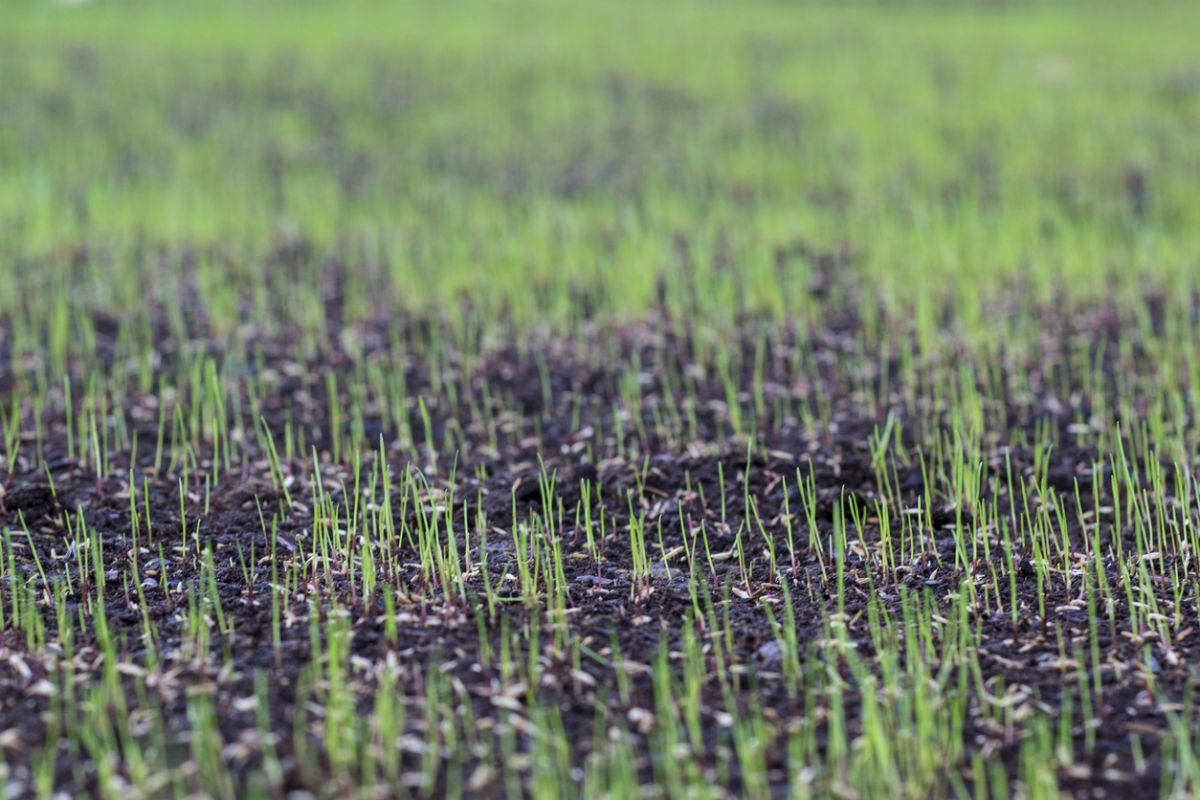It’s time for all of us to admit it. Yes, ALL of us. Even you! If it makes you feel any better, we will say it along with you because we’re having a hard time admitting this too. All together now:
There is no such thing as a normal year.
As we reflect on the growing season that was, we find ourselves saying many of the same things that we said as we wound down 2021. And 2020…and likely every year before it. Some things were normal, some things were weird, and some were downright worrisome! Assessing the trials and tribulations of each year resembles shuffling the chairs on the pool deck. No matter what went well or what went wrong, each year is a challenge. What did we see this year that was unique?
Insect Activity in Local Lawns
We’re accustomed to pests and critters showing up in lawns, and we arm ourselves with the products and knowledge to treat them accordingly. It was mostly the usual suspects; sod webworms, billbugs, and chinch bugs. The number of calls we received and the amount of area damaged, however, was more than we’re accustomed to. There are a few theories floating around our office as to why it was worse this year; one is that the previous winter did not have the usual “bite” of an Iowa winter. A deep, long winter is great at killing off insects that are in a state of hibernation. Without that intense freeze, more insects survive and cause damage the following year. Another thought is that lawns are still adjusting to life after the derecho of 2020; shade areas are now wide open, and lawns that were adapted to shade are now weakened. Weak turf is more susceptible to damage from insects and disease.
There was another issue this year that concerns those in the turf industry as a whole. Bluegrass billbug larvae usually are damaging in the heat of the summer. This year, we saw billbug damage into the fall as late as early November. There are several species of billbugs that can damage turf, and those specific species were found in our region of the country this year. Most of these species are damaging in the southern part of the country, but were found in Iowa this season. These different species have slightly different life cycles, which led to a long duration of damage as the larvae seemed to be hatching continuously. Information is still being gathered and evaluated, so it is impossible to say at this point if this was something unique to 2022, or an issue to worry about moving forward. We have cultivated positive, trusting relationships with Iowa State University, extension agents, chemical representatives, and many other industry professionals who are aware of situations as they arise. We will continue to monitor this and inform our customers as treatment strategies are suggested. For more information, check out our existing blogs about chinch bugs and bluegrass billbugs.
Drought Stress in September?
We had a fairly dry summer, which is to be expected (notice how I didn’t say normal?) August brought some really nice rain events that perked things up quite nicely, but it was followed up by a very, VERY dry September. Turf managers look forward to September every year because that is when we see turf growth and recovery after a hard summer. Temperatures come down, daylight hours are shortened, and our plant life loves it. Everything about September followed historical weather patterns except the lack of rain! Those dry conditions made it hard for turf to recover and fill in from typical summer wear. Fall is usually the time for things to green up and our lawns look their absolute best. Drought conditions, along with the previously mentioned insect damage, robbed many lawns of the kind of fall that we have come to enjoy.
Weed control becomes more difficult in drought conditions too. When plants dry out, they slip into a state of dormancy that allows them to preserve moisture in the plant and “hibernate” until receiving rain. Part of the dormancy process makes it difficult for liquid to be absorbed through leaves, so weed control sometimes wanes during dry stretches. Broadleaf weed control is most effective in the fall in part because the weeds themselves will take in product more readily and transport it to all parts of the plant. That was greatly affected this year.
As always, we are striving to provide the best service possible for our customers. We refuse to stay static in an ever-changing environment and are doing our best everyday to help people obtain the lawn they’ve always wanted. Please contact us at any time with questions or concerns. We love solving problems and value the feedback we receive from our loyal customers. Thank you for trusting us!!


